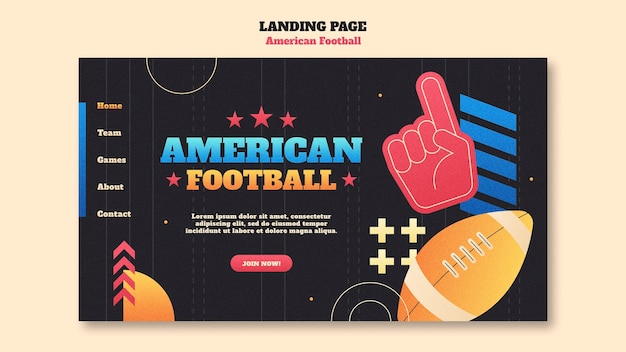Anúncios
As I reflect on my own childhood, I can’t help but recall the pure joy of running freely on the field, the wind in my hair, and the thrill of competition. Today, that same exhilaration is palpable as I witness an incredible surge in the popularity of flag football among youth. This fast-paced, non-contact version of American football is not just a game; it’s a gateway to building confidence, enhancing physical fitness, and fostering invaluable teamwork skills.
According to recent studies, youth flag football participation has tripled over the last decade, with leagues sprouting up in communities nationwide. Children aged 5 to 14 are discovering the joys of the game, learning the intricacies of throwing, catching, and strategic play. It’s no wonder parents are increasingly opting for flag football programs as a safe and engaging way to empower their kids.
Anúncios
Every touchdown scored becomes a lesson in perseverance, and every successful pass teaches the importance of trust and collaboration. The excitement is electrifying, as kids cheer, strategize, and grow not just as athletes but as resilient individuals ready to take on life’s challenges.
Understanding Flag Football
Flag football is a non-contact variant of traditional football, emphasizing skill and strategy over physical tackling. Players wear flags attached to their belts, which must be removed to halt the progress of the ball carrier. Unlike tackle football, where physicality often dictates gameplay, flag football fosters a safer environment, making it an ideal choice for children and youth development.
The fundamental rules of flag football simplify the conventional game. Each team usually consists of five to eight players, and the objective remains the same: advance the ball into the opposing team’s end zone. Players have a limited number of downs, often three or four, to progress a certain distance, typically around 10 yards.
Anúncios
Furthermore, the gameplay encourages teamwork, as players need to strategize their movements and flag pulls effectively. Penalties are typically less punitive, promoting a more positive experience for young athletes. Understanding these aspects of flag football lays the groundwork for appreciating its role in youth sports programs.
Benefits of Flag Football for Kids
Finding Local Flag Football Programs

Finding a local flag football program for your child can feel like a challenging endeavor, but with the right approach, the process can become straightforward and rewarding. Start by utilizing community resources such as local parks and recreation departments, which often provide information on youth sports programs available in your area. These departments typically maintain a schedule of sports leagues and activities catered to children of various age groups.
Online platforms are also an excellent resource. Websites like Meetup, Yelp, or even Facebook groups dedicated to community sports can help you locate flag football programs nearby. Additionally, visiting sites like USA Football and the Amateur Athletic Union (AAU) can lead you to reputable local programs tailored for youth.
Networking with other parents in your community can provide invaluable firsthand recommendations. Attend local sporting events or join community forums where you can ask for insights about flag football programs. Connecting with coaches or past participants may yield essential information about the best programs that emphasize skill development and a positive environment.
When assessing a program, consider factors such as the coach-to-player ratio, coaching qualifications, and the overall philosophy of the program. Ensure that the environment promotes inclusivity and fun while also focusing on skill development. By following these tips and utilizing available resources, you can find the perfect flag football program that aligns with your child’s interest and developmental needs.
Getting Started: Equipment and Training
To start playing flag football, kids need some essential equipment to ensure safety and enhance their performance. A well-fitting mouthguard is crucial, as it protects their teeth while allowing them to communicate effectively on the field. Lightweight, comfortable athletic cleats provide the necessary grip on various surfaces, preventing slips and falls. Additionally, wearing moisture-wicking jerseys and shorts can help keep players cool and dry during intense games.
Incorporating basic training techniques can significantly improve a child’s flag football skills. Encourage them to practice fundamental skills like catching, throwing, and flag pulling with peers. Drills focusing on agility, like ladder runs and cone drills, help develop speed and coordination. Moreover, participating in organized scrimmages not only sharpens their skills but also teaches teamwork and sportsmanship.
Watch This Essential Flag Football Gear Guide
Check out this informative video that highlights the key equipment and training techniques needed for kids to excel in flag football.